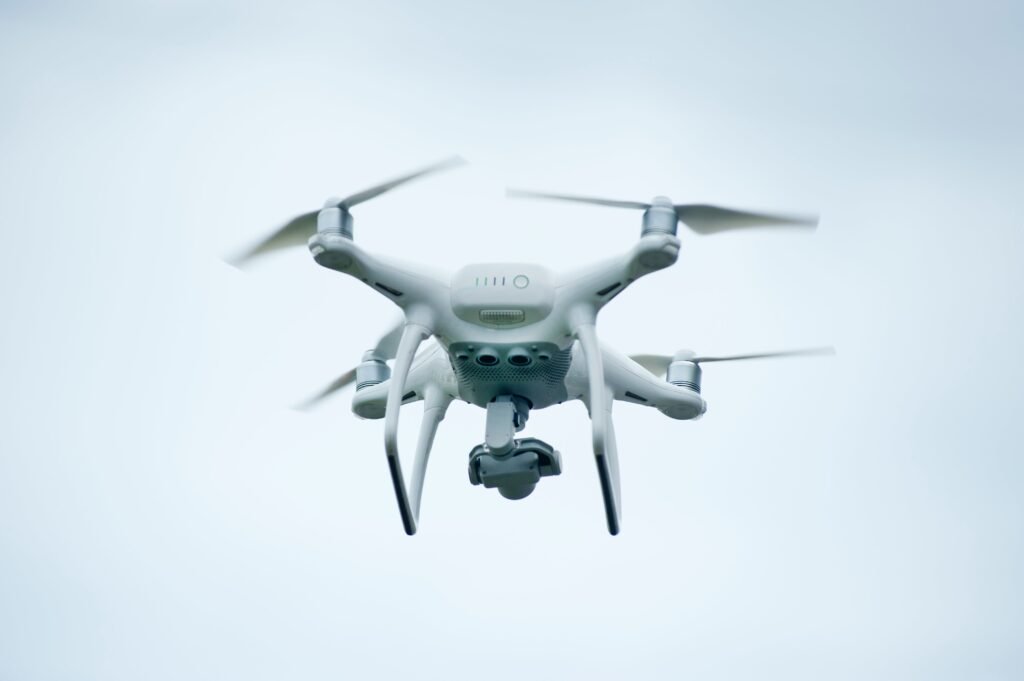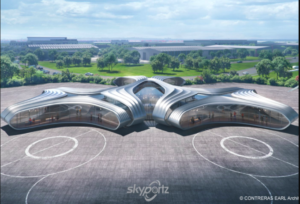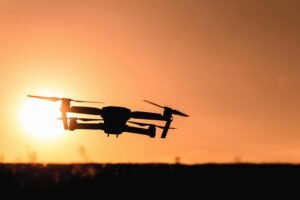“Step into the future with fascinating insights into the revolutionary realm of aerial travel and urban air mobility.”

What is Urban Air Mobility (UAM)
Urban Air Mobility (UAM) refers to the transportation of passengers and cargo in urban areas using aerial vehicles, typically electric-powered vertical takeoff and landing (eVTOL) aircraft or drones. UAM aims to alleviate congestion on the ground by utilizing the airspace for short to medium-distance travel within cities or between urban centers and their surrounding suburbs. This concept encompasses various services such as air taxis, aerial delivery drones, and other forms of on-demand aerial transportation. UAM has garnered increasing attention as advancements in technology, such as electric propulsion, autonomous flight systems, and air traffic management, make urban air transportation more feasible and sustainable.
What is eVTOL
(eVTOL) stands for electric Vertical Takeoff and Landing. These are aircraft that use electric propulsion systems to vertically lift off and land, eliminating the need for long runways. They’re often designed for short-distance travel and are a key technology in the development of urban air mobility and other forms of electric aviation.

Drones
Drones, also known as Unmanned Aerial Vehicles (UAVs) or Unmanned Aircraft Systems (UAS), are aircraft that operate without a human pilot onboard. They can be remotely controlled by a human operator or autonomously programmed to follow a predetermined flight path. Drones come in various shapes, sizes, and designs, ranging from small hobbyist quadcopters to large military surveillance drones.
Drones are equipped with a variety of sensors, cameras, and other payloads, allowing them to perform a wide range of tasks across different industries. Some common uses of drones include aerial photography and videography, agricultural monitoring, environmental research, disaster response and relief efforts, infrastructure inspection, search and rescue operations, and package delivery.
The widespread availability and affordability of drones have led to their increasing popularity and adoption in both commercial and recreational settings. However, their use also raises concerns about privacy, safety, and regulation, prompting governments and regulatory bodies to develop rules and guidelines to ensure responsible drone operation.


Disclaimer: Urban Air Mobility Regulations
The information provided on our blog about urban air mobility regulations is for general awareness only. Regulations and laws regarding this topic may vary by location and are subject to change. It is the reader’s responsibility to research and comply with applicable laws before engaging in urban air mobility activities. Our content does not constitute legal advice, and we are not liable for any consequences resulting from actions taken based on the information provided.


